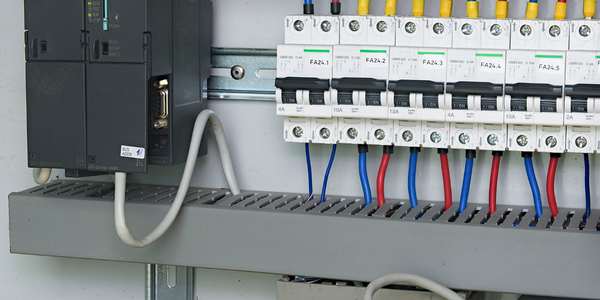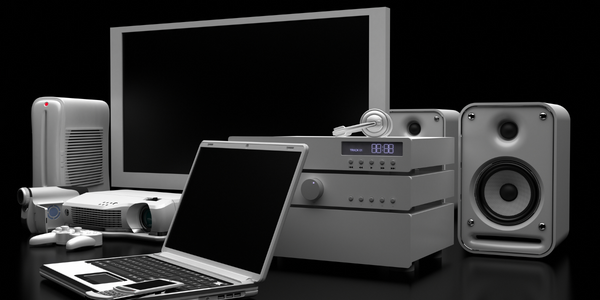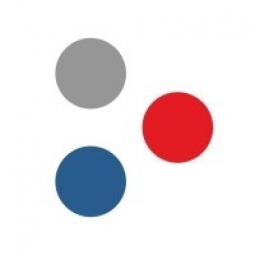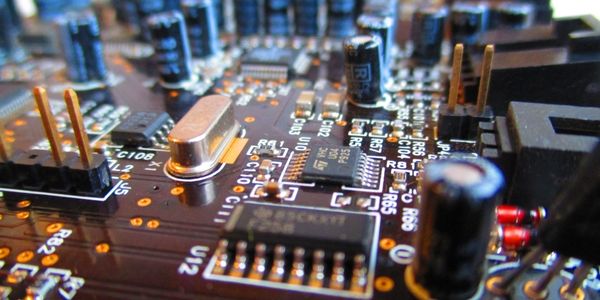公司规模
Large Corporate
地区
- America
国家
- United States
产品
- GPS Insight Fleet Tracking Solution
技术栈
- GPS tracking
实施规模
- Enterprise-wide Deployment
影响指标
- Cost Savings
- Productivity Improvements
- Customer Satisfaction
技术
- 传感器 - 全球定位系统
适用行业
- 电子产品
适用功能
- 物流运输
用例
- 车队管理
- 实时定位系统 (RTLS)
- 供应链可见性(SCV)
服务
- 系统集成
关于客户
Crescent Electric Supply Company (CESCO) is a national electrical distribution company which supplies electrical parts for the industrial, commercial, and residential markets. They have 300 vehicles nationally and have 5 vehicles at the Salt Lake City, UT location. The company is responsible for the delivery of electrical parts to various locations and thus, has a significant logistics and transportation function. The company was looking for a solution to improve their delivery process, uncover unknown issues with their fleet, and provide the metrics they needed to monitor costs.
挑战
In 2009, Crescent Electric Supply Company, decided to implement a GPS fleet tracking initiative. They were having a hard time trying to quantify and evaluate their fleet and personnel. Their delivery service needed to make significant improvements in both the number of deliveries made and the time it took to complete the deliveries. They also wanted to track total mileage, cost per mile, and cost per ticket. They knew that a GPS tracking solution would improve their delivery process, uncover unknown issues with their fleet, and provide the metrics they needed to monitor costs.
解决方案
Crescent Electric researched several GPS providers, and conducted a 30-day pilot program with GPS Insight and three other vendors. They selected the GPS Insight Fleet Tracking Solution in June of 2009. Within the first month, the company had learned that some routes were taking longer than they should, and that some employees were not making the best decisions on route set-up and delivery. They were able to correct the unnecessary and unauthorized stops that took place during work hours. In one month’s time, Crescent’s Salt Lake City branch saw a mileage reduction of 1,605 miles. The cost per mile ($3.00) multiplied by miles (1,605) saved the branch $4,815. This is a 93% return on investment from reduced mileage alone.
运营影响
数量效益

Case Study missing?
Start adding your own!
Register with your work email and create a new case study profile for your business.
相关案例.

Case Study
Remote Temperature Monitoring of Perishable Goods Saves Money
RMONI was facing temperature monitoring challenges in a cold chain business. A cold chain must be established and maintained to ensure goods have been properly refrigerated during every step of the process, making temperature monitoring a critical business function. Manual registration practice can be very costly, labor intensive and prone to mistakes.

Case Study
Predictive maintenance in Schneider Electric
Schneider Electric Le Vaudreuil factory in France is recognized by the World Economic Forum as one of the world’s top nine most advanced “lighthouse” sites, applying Fourth Industrial Revolution technologies at large scale. It was experiencing machine-health and unplanned downtime issues on a critical machine within their manufacturing process. They were looking for a solution that could easily leverage existing machine data feeds, be used by machine operators without requiring complex setup or extensive training, and with a fast return on investment.

Case Study
Cloud Solution for Energy Management Platform-Schneider Electric
Schneider Electric required a cloud solution for its energy management platform to manage high computational operations, which were essential for catering to client requirements. As the business involves storage and analysis of huge amounts of data, the company also needed a convenient and scalable storage solution to facilitate operations efficiently.

Case Study
Leveraging the IoT to Gain a Competitive Edge in International Competition
Many large manufacturers in and outside Japan are competing for larger market share in the same space, expecting a growing demand for projectors in the areas of entertainment, which requires glamor and strong visual performance as well as digital signage that can attract people’s attention. “It is becoming more and more difficult to differentiate ourselves with stand-alone hardware products,” says Kazuyuki Kitagawa, Director of Service & Support at Panasonic AVC Networks. “In order for Panasonic to grow market share and overall business, it is essential for us to develop solutions that deliver significant added value.” Panasonic believes projection failure and quality deterioration should never happen. This is what and has driven them to make their projectors IoT-enabled. More specifically, Panasonic has developed a system that collects data from projectors, visualizes detailed operational statuses, and predicts issues and address them before failure occurs. Their projectors are embedded with a variety of sensors that measure power supply, voltage, video input/ output signals, intake/exhaust air temperatures, cooling fan operations, and light bulb operating time. These sensors have been used to make the projector more intelligent, automatically suspending operation when the temperature rises excessively, and automatically switching light bulbs. Although this was a great first step, Panasonic projectors were still not equipped with any capability to send the data over a network.









